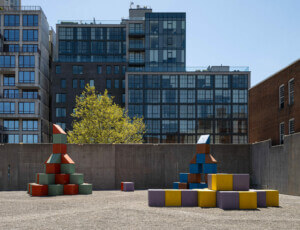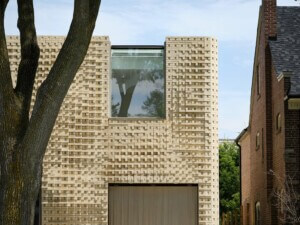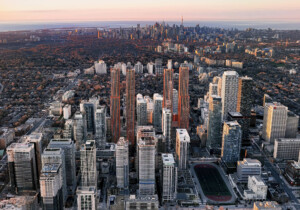To look without fear
Wolfgang Tillmans
Art Gallery of Ontario
317 Dundas St W
Toronto
Open through October 1
Moving through Wolfgang Tillmans’s retrospective exhibition on the fifth floor of Toronto’s Art Gallery of Ontario (AGO) evokes the sense of dance more than a serialized display. The German photographer’s characteristic “constellation” presentation eschews labels and descriptions, allowing attention to be focused on the experience of images, singularly or in concert. The scale and height difference between one image and the next is often drastic enough to compel a repositioning of several steps, engaging the body of the viewer in a direct participation with the exhibit: squinting, tilting the head, rocking back and forth, all to curate one’s view in response to the riches on display. One sometimes catches a glimpse of a picture hung high in a light well, or tucked on the short end of a wall. At other moments, small images in a corner demand an unusually intimate spatial engagement with the work.
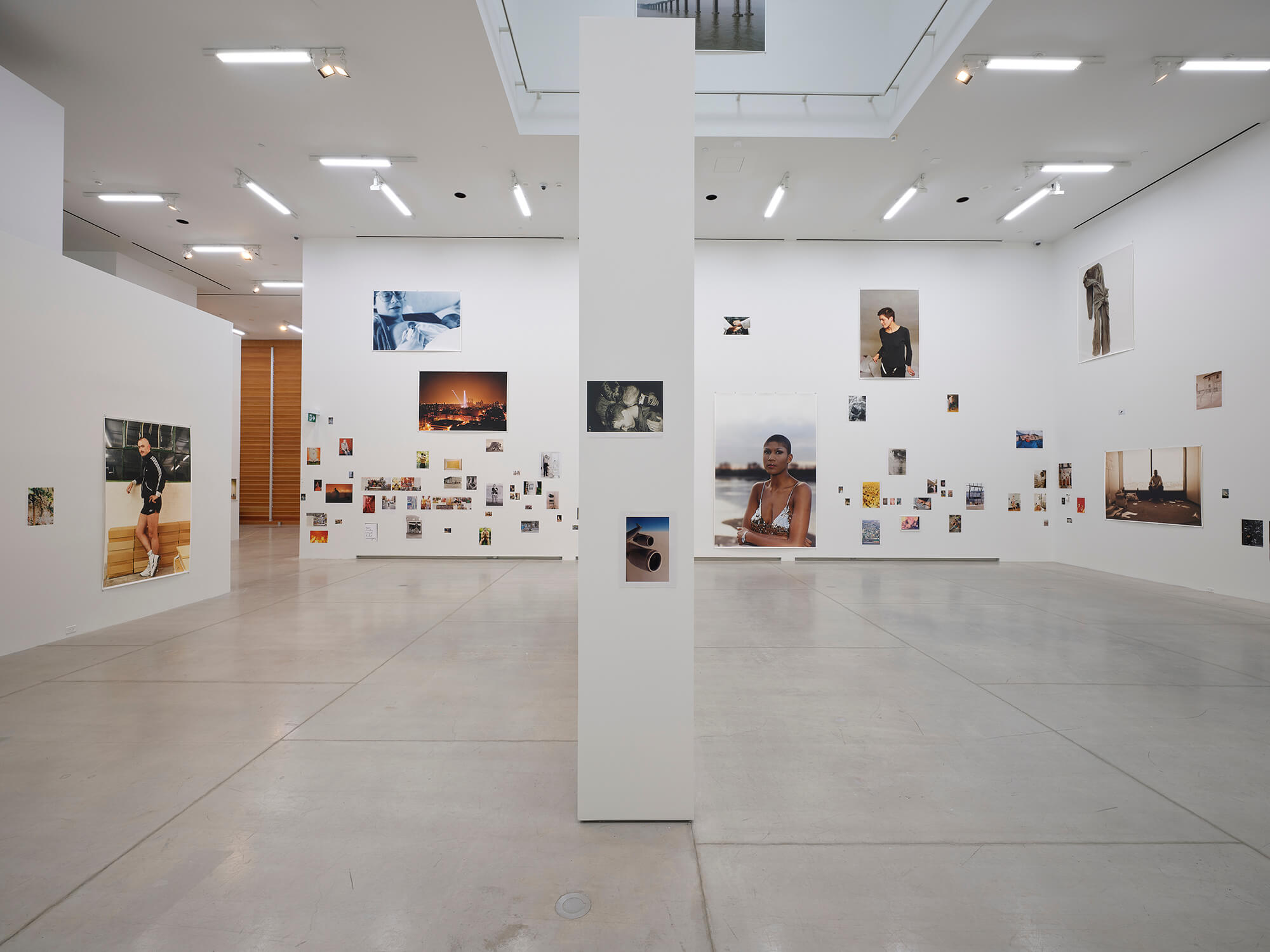
The retrospective was eight years in the making before its inauguration at MoMA last year, marking Tillmans’s first North American exhibition in over ten years. Beginning with his Hamburg’s Café Gnosa show in 1988, his career over the past 35 years has engaged diverse media including print, gallery exhibitions, and music. Tillmans has experimented with various means of photographic representation, including darkroom investigations with photosensitive paper and the medium’s chemical reactions to produce desired images, as in his Freischwimmer series. (Quentin Bajac expertly chronicles this in the exhibition’s catalogue, available at your local library.)
In addition to formal experimentation within his chosen medium—photography—Tillmans has also explored the role of artist-as-activist. He’s engaged social issues in and beyond the gallery space, contributing to HIV/AIDS health activism in South Africa, and supporting the LGBTQIA+ movement in Russia. (In an early series, Tillmans documented the final month of his partner, Jochen Klein, who died of AIDS in 1997.) The artist’s nonprofit gallery, Between Bridges, which he initiated in 2006, has hosted exhibitions, community events, screenings, and artist talks. In 2017, it expanded to operate as a foundation which hosts artist residencies and promotes LGBTQIA+ activism and art.
Despite the artist’s diverse involvements and many accolades, the AGO exhibition (and the prior version at MoMA) largely resists contextualization and biography. Instead, Tillmans’s tried-and-true constellational staging allowed visitors to engage the work on its own terms.
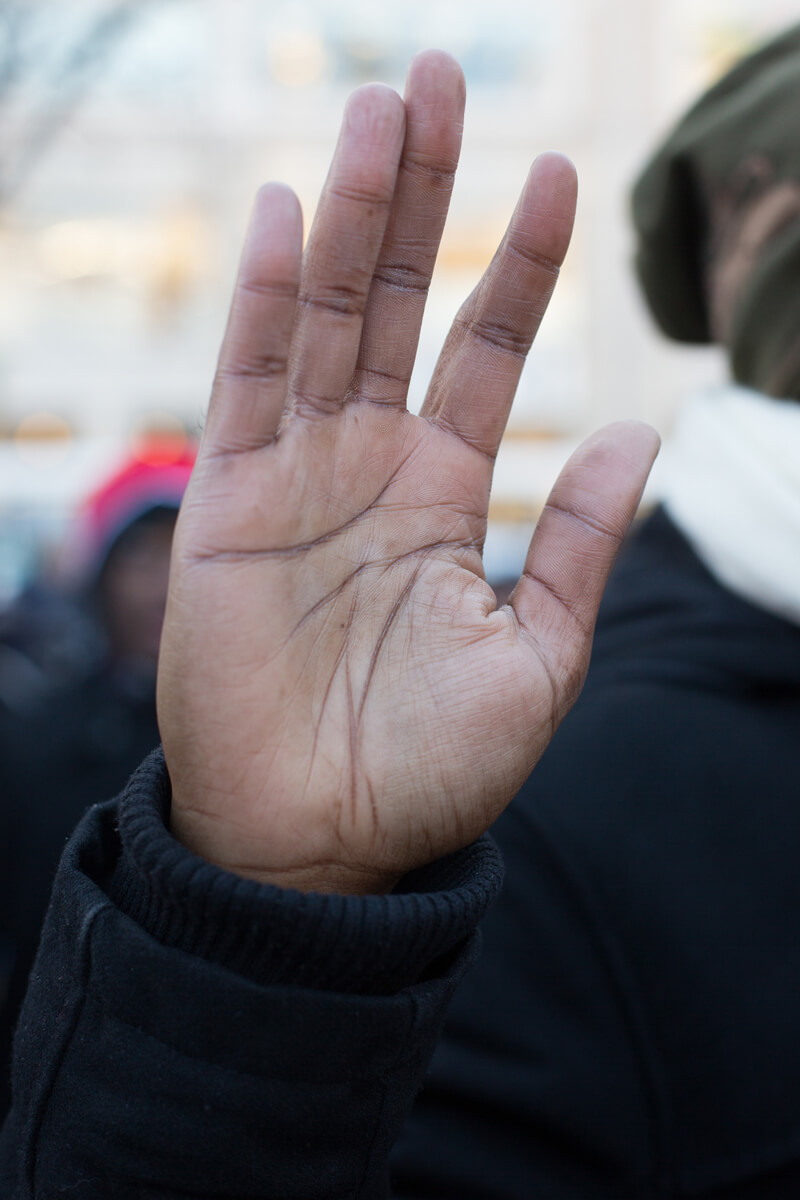
A discreet black-and-white booklet provides a graphic legend of the exhibit, as well as artwork information. The images are grouped chronologically, moving clockwise from the elevator across the space of the gallery. Tillmans is known for taking great care in designing the display of his work for a given exhibition space, meticulously deploying his signature style of hanging and displaying images with tape, binder clips, and frames at varying sizes and locations. His hanging style liberates the image from the frame and reveals the physicality of the print, expressing the natural curvature and weight of paper. He first developed this display technique in the early 1990s—starting with the Unfair in 1992 and Buchholz & Buchholz in 1993, both in Cologne—which includes unexpectedly hanging images on surfaces like doors and columns and the use of binder clips to grip prints. “I like to work with the supposed weaknesses of a space: the corners where there are service doors or alarm systems,” Tillmans told Rob Wilson in a 2014 Uncube interview.
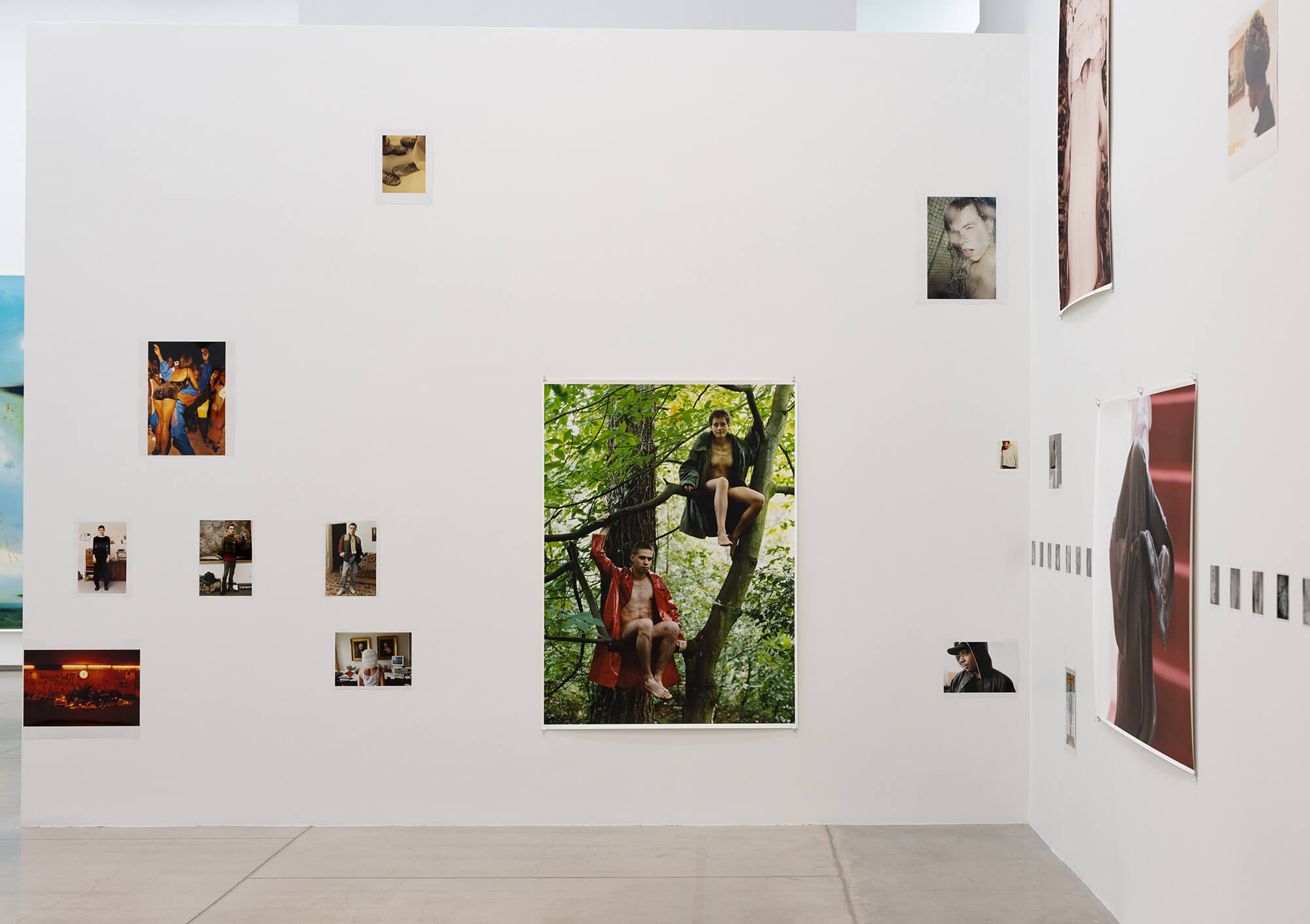
The exhibition’s chronological organization has the effect of gradually warming the eye to Tillmans’s understanding of the world. From Pride marches to a portrait of a Pussy Riot band member, Tillmans tells his stories through unexpected nuance; a Black Lives Matter protest (Union Square, 2014) is captured in a single hand, cracked and worn, the background blurred.
Tillmans’s Book for Architects (Is it a primer? A voluntary?), originally assembled for the 14th Venice Architecture Biennale, arrives at the end of the exhibition: Two digital displays set at a 90-degree angle, mimicking Swiss art historian Heinrich Wölfflin’s preferred lecture set up, broadcast a 40-minute slideshow of architecture’s unsung details. Across 450 slides, images of pipes, vents, stains, doormats, clotheslines, and the accumulation of patina and decomposition—which together comprise the lived-in experience of our built world—are twisted open like a jar of jam.
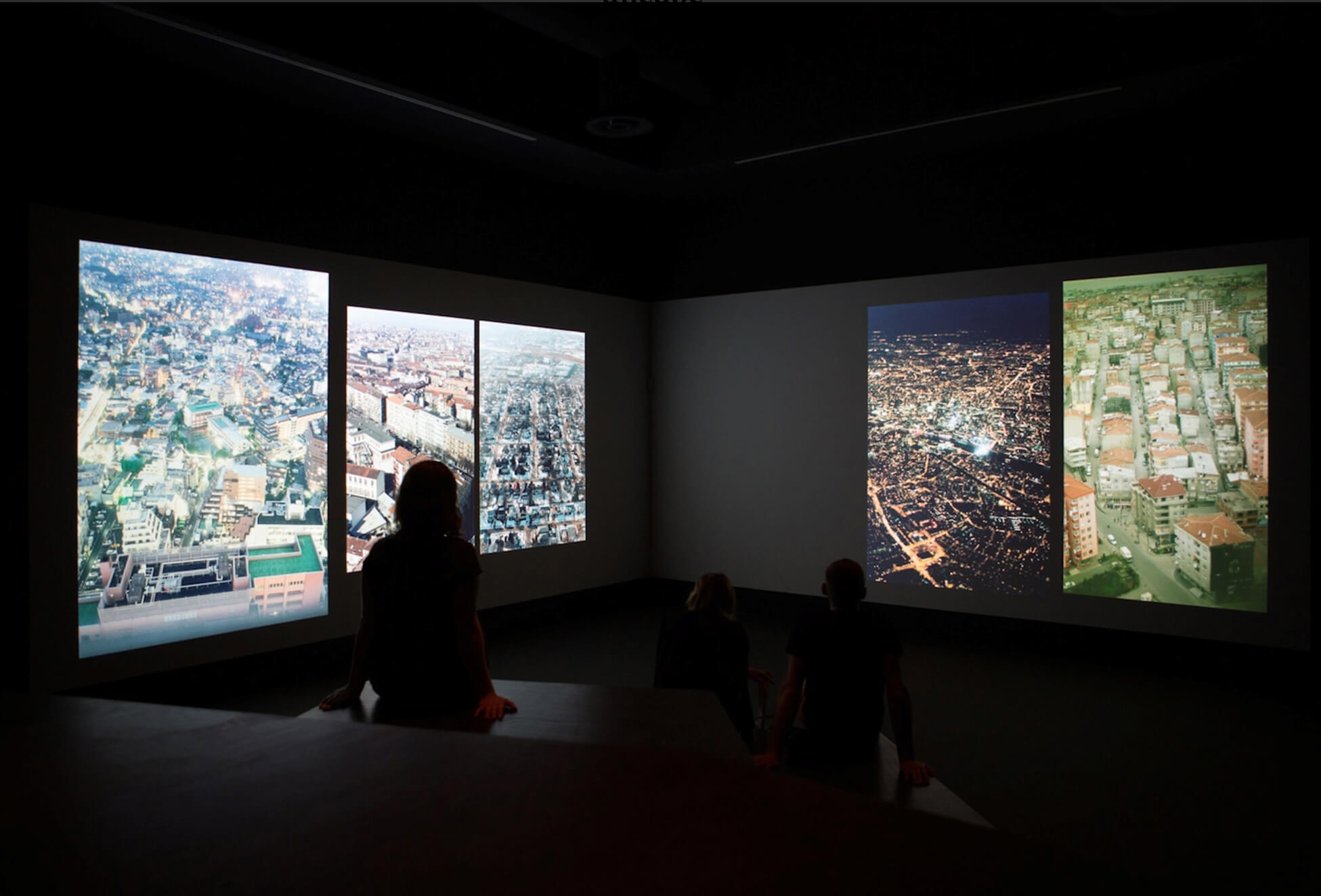
Tillmans has surely developed a distinct manner of seeing the world. When he shows architecture through his lens, he dismantles the way we’ve been trained to look at design. His photography captures the grand hopes and promises of novelty and sets them against the quiet ravages of time.
Through his observation, Tillmans reveals the more vulnerable sides of humans and their objects, from the soft skin at the nape of a neck to the crumbling of a house into its composite minerals. His vision continually reaches across the breach, connecting hubris to humility. The result is a feeling of hope.
Sebastián López Cardozo is an architectural designer and writer based in Toronto. He is a founding editor of Architecture Writing Workshop and a co-editor of Nueva Vivienda: New Housing Paradigms in Mexico (Park Books, 2022).








